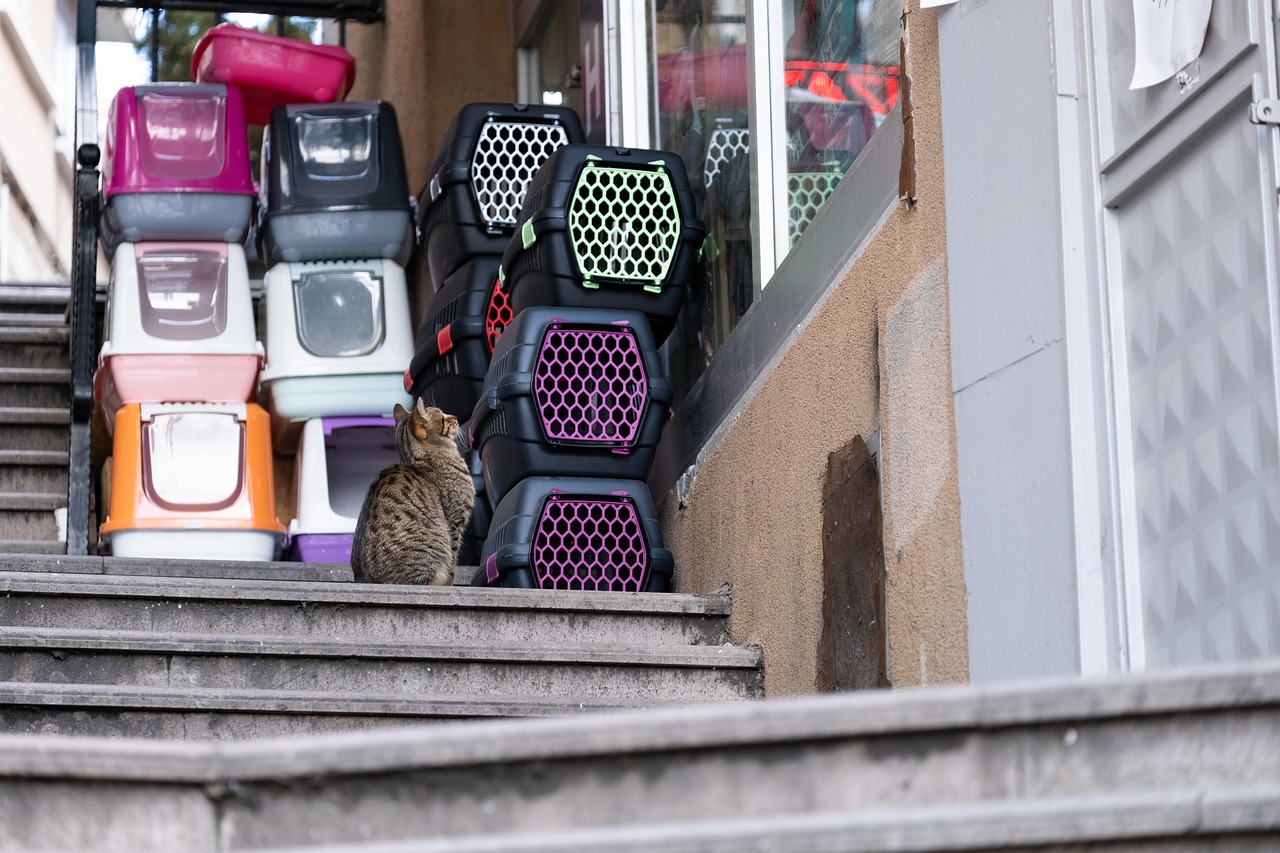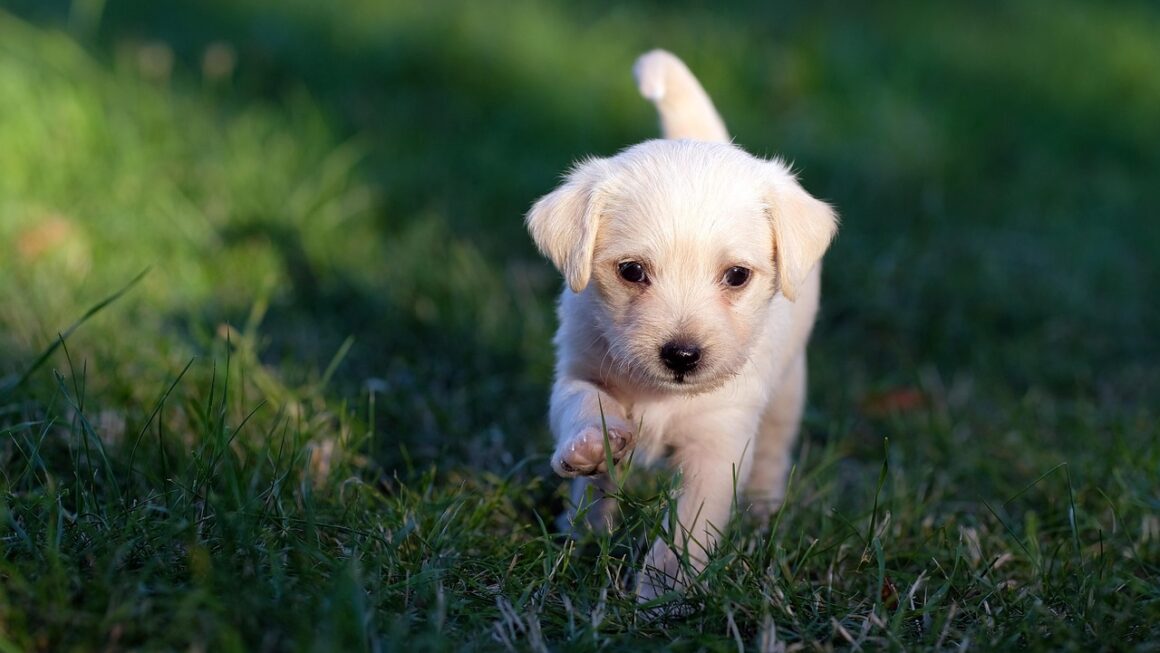Imagine a world where you can communicate with your pet on a level deeper than ever before, teaching them complex behaviors with ease and building a stronger bond based on trust and understanding. This isn’t some far-fetched dream; it’s the reality of clicker training, a powerful and positive reinforcement method that’s revolutionizing the way we interact with animals, from dogs and cats to horses and even dolphins. This comprehensive guide will walk you through everything you need to know to get started with clicker training and unlock your pet’s full potential.
What is Clicker Training?
Clicker training is a positive reinforcement training method that utilizes a distinct “click” sound to mark the exact moment an animal performs a desired behavior. This precise marker, associated with a reward (usually food), helps the animal quickly understand what they did right. It’s a form of operant conditioning, where behaviors are learned through their consequences. The clicker sound acts as a bridge between the behavior and the reward, making the training process more efficient and effective.
The Science Behind the Click
The clicker sound is a neutral stimulus. Through repeated association with a positive reinforcement (like a treat), it becomes a conditioned reinforcer. This means the click itself becomes rewarding, even without the immediate presence of food. This is crucial because:
- Precision: The click marks the exact moment the desired behavior occurs, unlike a verbal marker which might be less consistent.
- Clarity: The distinct sound cuts through background noise and distractions, ensuring the animal clearly understands what they’re being rewarded for.
- Speed: The click allows for faster learning because the association is immediate and unambiguous.
Why Choose Clicker Training?
Clicker training offers numerous advantages over other training methods:
- Positive Reinforcement: Focuses on rewarding desired behaviors, rather than punishing unwanted ones, leading to a happier and more confident animal. Studies show that positive reinforcement training reduces stress and anxiety in animals.
- Effective Communication: Establishes a clear and consistent communication system, making it easier for your pet to understand what you want.
- Strengthened Bond: Builds a stronger relationship based on trust and mutual understanding.
- Versatility: Can be used to train a wide variety of animals and behaviors.
- Fun and Engaging: Makes training sessions enjoyable for both you and your pet.
Getting Started with Clicker Training
Before you begin, you’ll need a few essential items and to understand the basic principles.
What You Need
- A Clicker: Choose a clicker that fits comfortably in your hand and produces a clear, consistent sound. Many different types are available, including box clickers, i-clickers, and wristband clickers.
- High-Value Treats: Use small, palatable treats that your pet loves. These should be something special that they don’t get regularly.
- A Quiet Environment: Start in a quiet place with minimal distractions.
- Patience and Consistency: Remember that learning takes time and consistency is key.
Charging the Clicker
“Charging the clicker” means associating the click sound with something positive, so your pet learns that the click predicts a reward. Here’s how:
Don’t do this repeatedly in a row, as the treat value will lower. Space it out throughout the day.
Shaping Behaviors
Shaping involves breaking down a complex behavior into smaller, more manageable steps and rewarding successive approximations towards the desired goal. This allows your pet to learn gradually and avoid frustration.
For example, if you want to teach your dog to “sit,” you could start by:
Clicker Training Techniques
Several techniques can be used to teach different behaviors, each requiring patience and careful observation.
Capturing
Capturing involves clicking and rewarding a behavior that your pet performs naturally. This is a great way to teach simple behaviors like looking at you or sitting.
- Example: If your dog sits down spontaneously, click the clicker the instant their rear touches the ground, and immediately give them a treat.
Luring
Luring involves using a treat to guide your pet into the desired position. Once they are in the correct position, click and treat.
- Example: Hold a treat near your dog’s nose and slowly move it over their head and towards their tail. As their head goes up and they start to sit, click the clicker the moment their rear touches the ground, and give them the treat.
Targeting
Targeting involves teaching your pet to touch a specific object (a target) with their nose or paw. This can be used to teach a variety of behaviors, such as going to a specific spot or turning around.
- Example: Hold a target stick (a dowel rod with a ball on the end) near your dog’s nose. When they sniff or touch the target, click and treat. Gradually move the target further away, encouraging your dog to follow it.
Troubleshooting Common Clicker Training Issues
Even with careful planning, you may encounter challenges during clicker training. Here are some common issues and how to address them.
My Pet is Too Excited
If your pet gets overly excited during training, try:
- Reducing the value of the treats: Use lower-value treats or smaller portions.
- Shortening training sessions: Keep sessions short and frequent, rather than long and infrequent.
- Moving to a less stimulating environment: Choose a quieter location with fewer distractions.
My Pet Isn’t Responding to the Clicker
If your pet doesn’t seem to understand the connection between the clicker and the reward:
- Recharge the clicker: Go back to the basics and spend some time simply associating the click with a treat.
- Ensure the click is clear: Make sure the click sound is distinct and easily audible.
- Timing is crucial: The click must occur at the exact moment the desired behavior happens.
My Pet is Only Performing for Treats
While treats are essential initially, the goal is to fade them out gradually as your pet learns the behavior. To do this:
- Intermittent Reinforcement: Start rewarding the behavior less frequently.
- Vary the Rewards: Use praise, toys, or other reinforcers instead of treats occasionally.
- Generalize the Behavior:* Practice the behavior in different locations and situations.
Conclusion
Clicker training is a powerful and rewarding method for teaching animals new behaviors and strengthening your bond with them. By understanding the principles of positive reinforcement, mastering the techniques, and troubleshooting common issues, you can unlock your pet’s full potential and enjoy a deeper, more fulfilling relationship. Remember to be patient, consistent, and always focus on making training a positive and enjoyable experience for both you and your furry friend. So grab your clicker, gather your treats, and embark on this exciting journey together!




